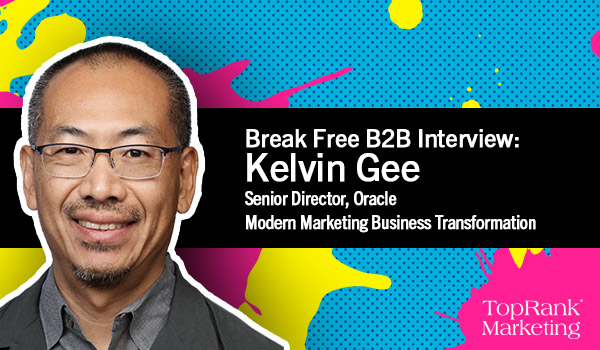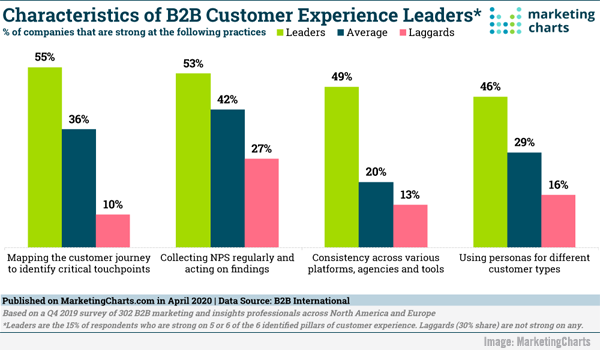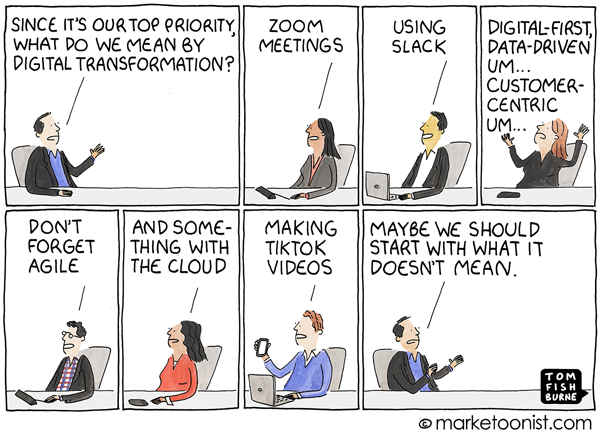Understanding and Improving Your Credit Score
Image by Todd Christensen from Pixabay
Are you thinking of starting a business? If you are, one of the ducks you need to get into that proverbial row is improving your credit score. In this post, we offer some tips that can help.
RELATED ARTICLE: GET YOUR BUSINESS LOAN APPROVED: 6 GOLDEN RULES TO FOLLOW
If you’re trying to improve your financial health you’ve likely heard that improving your credit score can help you. While it can be something of a buzzword in the financial world, a credit score can at first seem mysterious.
Therefore, it can be a good idea to read up on the basics of what a credit score is and how it can work for you (or against you) depending on a variety of factors.
The basics are easy to pick up. Understanding your current score can be the first step to getting better loans and credit opportunities down the road.
What Is a Credit Score?
Your credit score is a number that falls anywhere between 300 and 850. Lenders use it as an indication of how reliable you are at paying off debts, or your creditworthiness. An improved credit score can affect your ability to take out a loan, apply for a credit card, or perform other tasks.
If you have a higher credit score, it indicates that you are a dependable borrower. This can encourage banks or other financial institutions to be more enthusiastic about working with you.
Generally, lenders consider scores higher than 670 as good. If your credit score rises above 750 lenders may even be consider it excellent. The score is a reflection of your habits and past decisions. Issues such as late payments on loans or credit cards can cause your score to drop. The average score is around 690, but this can vary greatly among age groups and other demographics.
How Is It Calculated?
Your history of loans and payments can be a big part of the number you receive. However, factors that determine your credit score go far beyond your payment history. The different types of loans or credit you’ve used can also play a role. For example, if you are making a wide array of different types of payments, your score will be considered differently.
Some of the different types might include car loan payments, credit cards, and mortgages. In other words, if you have a versatile credit history with well-paid accounts this will improve your credit score.
Other considerations are how much credit you have. If you have maxed out your credit, that can cause your score to be lower. On the other hand, smaller amounts of well-managed credit can raise it. Known as your credit ratio, this can have a much bigger effect on your credit score than you might expect.
In fact, your credit ratio is almost as important as your credit history and can yield around 30 to 35 percent of your final score. Finally, your history of applications, that is, how many times you’ve applied for different types of credit, and how long you’ve used credit end up affecting around 25 percent of your score.
While some people have concerns about rent payment, taxes, and utilities affecting their credit score, these are usually not brought into the picture. The exception can be if a person has an extremely low score. In such a case, rent and utilities may occasionally be considered.
Who Calculates Your Credit Score?
Credit reporting agencies play a major role in condensing all of your credit information into a single score. In this way, they serve as an intermediary between you and any loans or credit you apply for.
There are three main agencies that report scores:
- Experian
- Equifax
- Transunion
These three organizations are private companies that operate with banks and other financial institutions. The government does not control credit reporting.
Credit reporting agencies play an important role in standardizing the way potential customers of loans or other types of credit are considered. Credit reporting agencies benefit customers by ensuring that individuals who have worked to make payments on time can almost always receive opportunities for better loans over time.
How Can You View Your Credit Score?
Luckily, a credit score is not a fixed number. It can be improved by adjusting your spending habits. The first steps to improving your credit score are to be aware of what it is, then track how it changes.
In order to view your credit score, you will need to request to view it from one of the three scoring organizations. This is known as a soft inquiry of your credit. This is because the score is being used for personal reasons rather than as part of an application process for new credit.
Requesting your score is a process that can be a bit of a hassle and may include paying a fee. However, there are other options. Some organizations work with credit agencies for you and can even give you a free credit score. They can be a good option for anyone who is busy, trying to save some money, or both.
How Can You Improve Your Credit Score?
There are many reasons a person may suffer from a low credit score. If you’re a young adult just starting out, your score will likely be low due to a lack of credit history. If you’ve struggled with credit and loans due to life circumstances, you may also find you’re starting from a low point. Regardless, the most important part of improving your credit score is never to give up. It can help to remember why you’re doing it.
Improving your credit score is a process that involves getting your overall financial health in better shape. So put an effort into budgeting. Then you’ll be able to make bill payments on time. Also, focus on paying off your current debts before taking on any more.
One important strategy is to keep your credit card balances from going beyond the amount you can pay each month. If you really put effort into better managing your debts, you should see serious improvement in your scores over time.
Work on Improving Your Overall Financial Health
While there is no instant solution to a low credit score, it is something you can build up over time. Having a better credit score indicates better financial health overall. You may find that many of the actions you take to raise your credit score will also improve your money habits as a whole. It is a truly worthwhile undertaking that can have many benefits for you, your business, and your family.
The post Understanding and Improving Your Credit Score appeared first on Business Opportunities.







